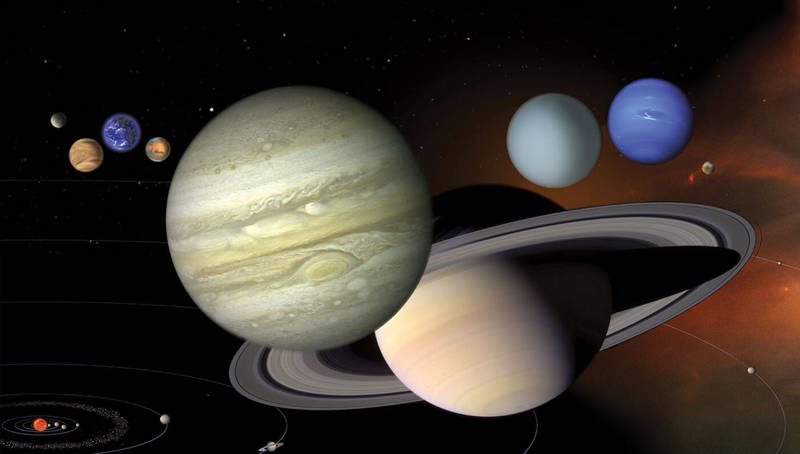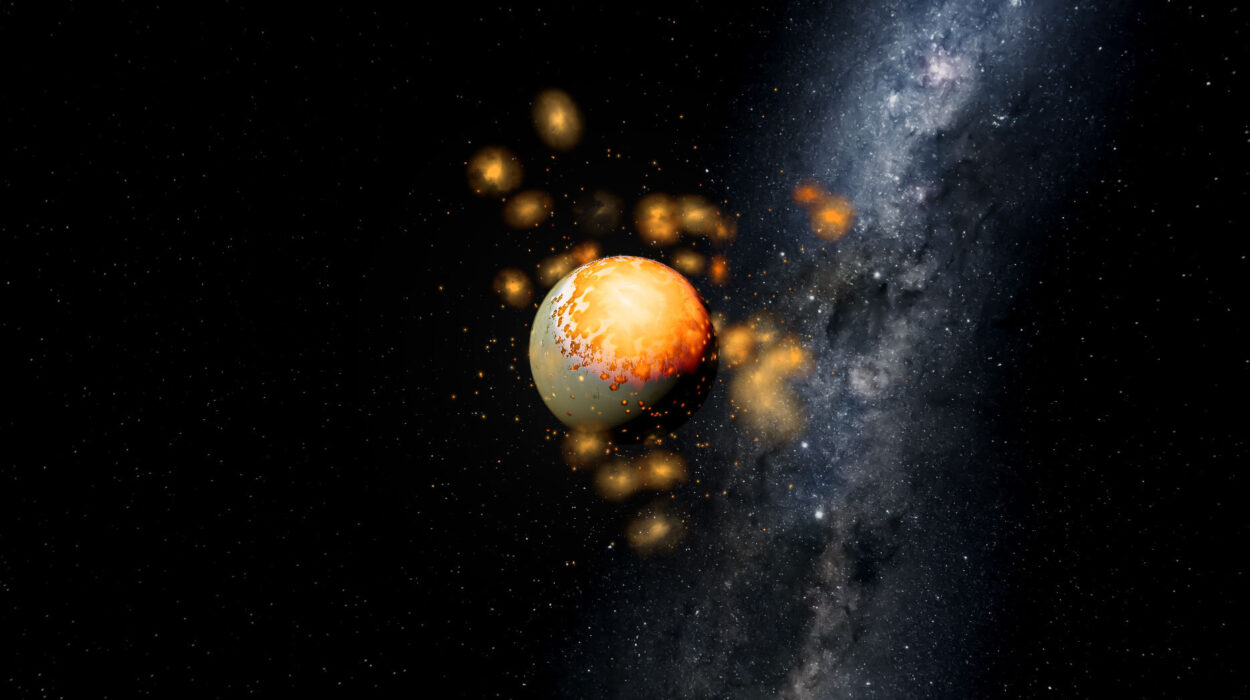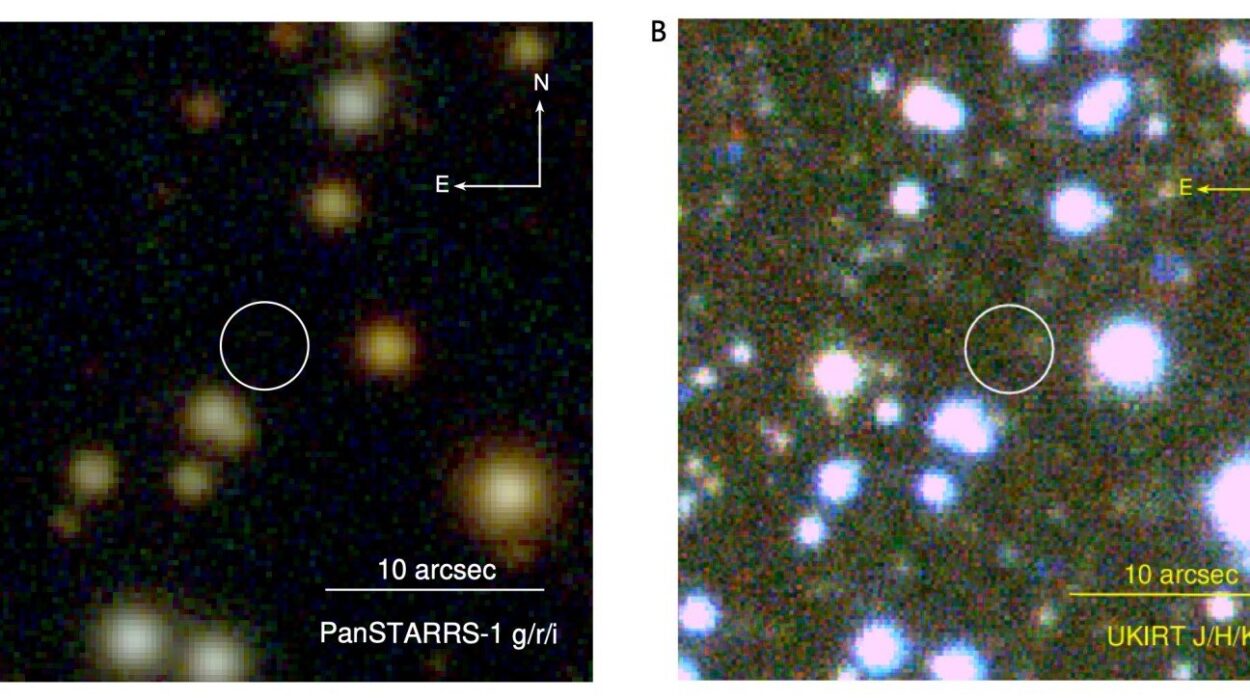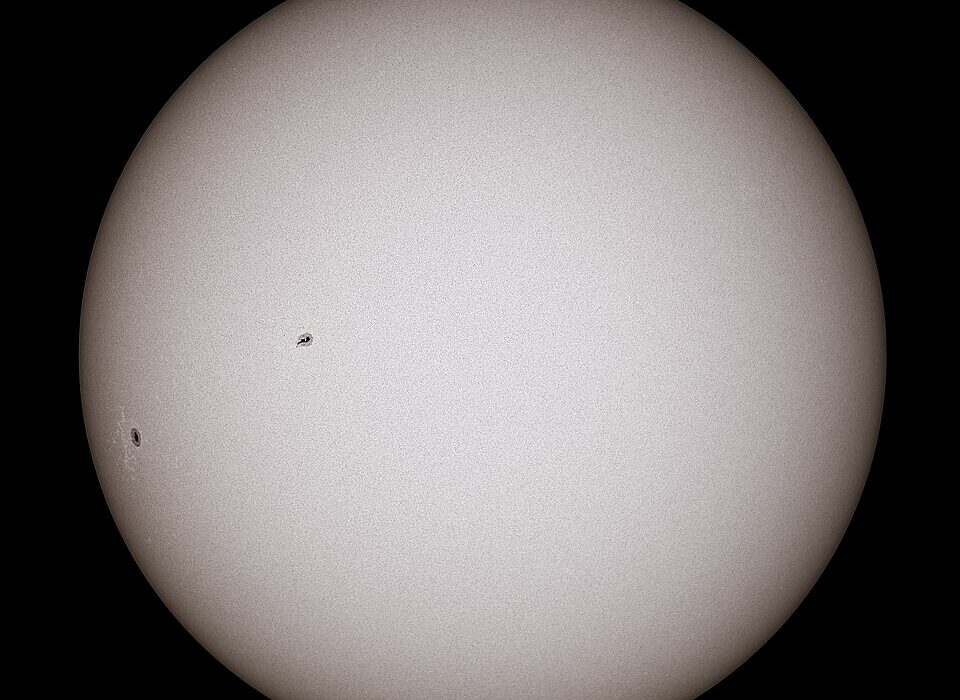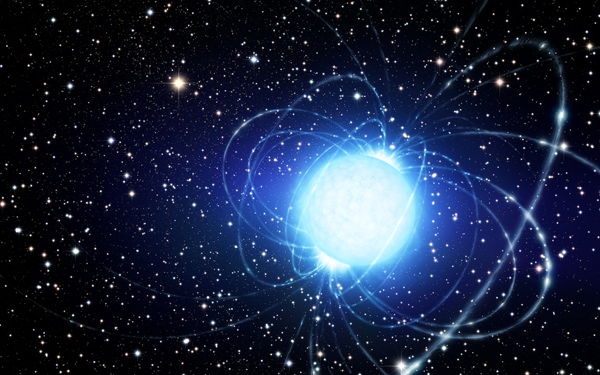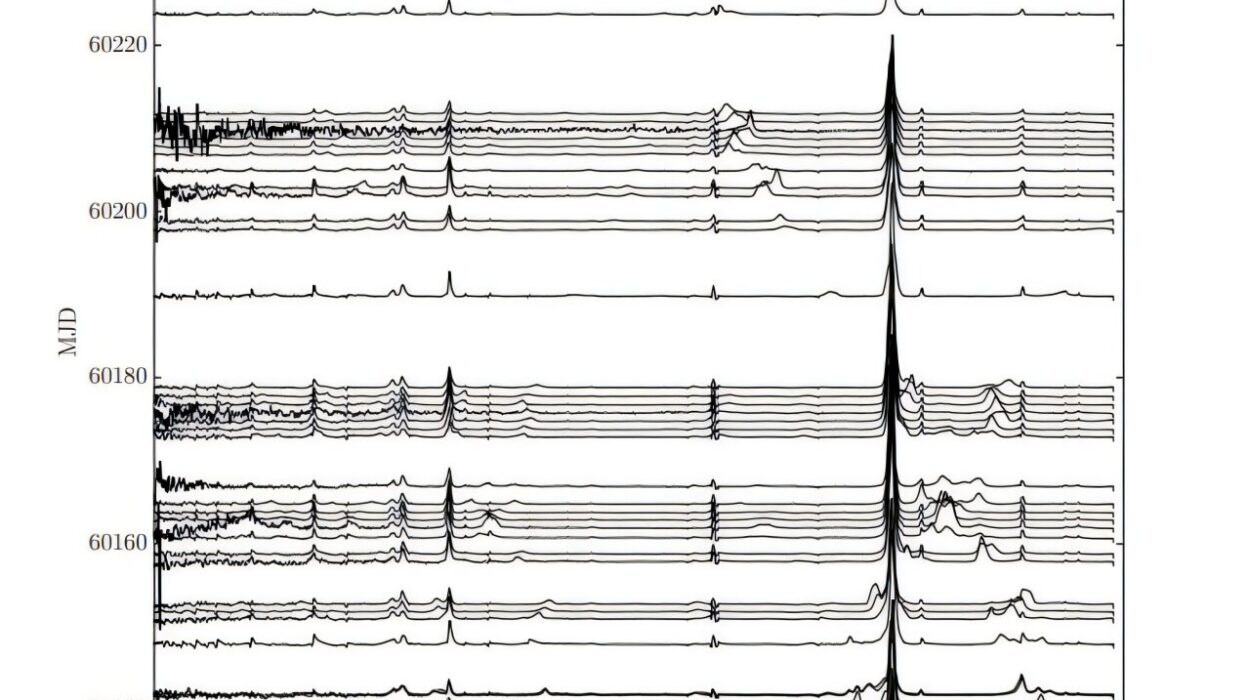Our solar system, like everything else in the cosmos, is in constant motion. But how fast are we moving through the vast expanse of space? This might seem like a straightforward question, but it’s one that challenges our very understanding of the universe itself. A new study, led by astrophysicist Lukas Böhme at Bielefeld University, has provided an unexpected answer—one that defies the predictions of our current cosmological models and forces us to reconsider what we thought we knew about the cosmos.
The study, recently published in Physical Review Letters, has revealed that the solar system is moving through space much faster than previously believed—more than three times faster than the established models of cosmology had predicted. This unexpected finding has far-reaching implications for how we understand the structure and evolution of the universe.
A New Look at the Universe’s “Headwind”
To measure the speed and direction of our solar system’s motion, Böhme and his team analyzed the distribution of radio galaxies across the sky. Radio galaxies are distant galaxies that emit powerful radio waves—electromagnetic radiation with long wavelengths, similar to the waves used for radio communications here on Earth. These radio waves can pass through cosmic dust and gas that might obscure visible light, making radio galaxies visible to instruments that can detect such signals, like the powerful radio telescopes the team used.
As our solar system moves through space, this motion creates a subtle effect known as a “headwind”—essentially, we’re moving through a space filled with galaxies, and the galaxies in the direction of our motion appear slightly more numerous. This effect is extremely faint, so faint that it requires highly sensitive measurements to detect.
This is where the LOFAR (Low Frequency Array) telescope, a Europe-wide network of radio telescopes, came into play. The team combined the LOFAR data with data from two other radio observatories to conduct a more detailed analysis than ever before. By using a new statistical method that accounted for the fact that many radio galaxies are made up of multiple components, they were able to get a more accurate and precise measurement of the distribution of these galaxies.
Even though the effect they were measuring is incredibly subtle, the results were clear: the solar system is moving far faster than we had previously thought. In fact, their measurement revealed a significant deviation from the expectations of standard cosmology—a deviation strong enough to be considered a definitive, statistically significant result.
A Speed That Defies Expectations
The key finding from the study was that the solar system is moving through the universe at a velocity far greater than the current models of cosmology predict. The researchers found that the motion of the solar system, when measured in relation to the distribution of radio galaxies, showed a “dipole” anisotropy (a type of imbalance) that was 3.7 times stronger than expected.
To put this into perspective, this discrepancy challenges our understanding of the large-scale structure of the universe. According to the standard cosmological model, the universe’s matter is evenly distributed, and the motion of the solar system through this vast expanse should create a much smaller “dipole” effect. But the new measurements reveal that this is not the case, forcing scientists to reconsider the uniformity of the universe’s structure.
Rethinking Our Assumptions About the Universe
What does this new discovery mean for our understanding of the cosmos? If the solar system is indeed moving this fast—at speeds three times greater than current models suggest—it could mean that our basic assumptions about the universe’s large-scale structure need to be revisited. This could also imply that the distribution of galaxies across the universe is not as uniform as previously thought.
As cosmologist Dominik J. Schwarz, a co-author of the study, puts it, “If our solar system is indeed moving this fast, we need to question fundamental assumptions about the large-scale structure of the universe.” If the motion of our solar system is different from what we expected, it raises new questions about the origins of this motion, and what other forces or phenomena may be at play in shaping the structure of the cosmos.
It’s also possible that the radio galaxies themselves are more irregularly distributed than previously believed. The very fact that such a strong “headwind” effect is visible suggests that there might be large-scale structures in the universe that we have yet to fully understand. This could mean that the universe is far more complex than our models have allowed, and that there are hidden patterns and forces that we are only beginning to uncover.
Confirming the Unexpected
Interestingly, this study is not the first time scientists have observed strange anomalies in the motion of the solar system. Earlier research involving quasars—the extremely bright centers of galaxies where supermassive black holes consume matter—showed similar effects. In these studies, an unusual dipole effect appeared in infrared data, further suggesting that there’s something peculiar about the way the universe is structured on the largest scales. The fact that this same effect is now seen in radio galaxies lends strong support to the idea that the unusual measurements are not simply an error or anomaly but rather a genuine feature of the universe.
The Power of New Observational Methods
The implications of these findings extend far beyond our solar system. They highlight the incredible power of new observational methods and technologies in reshaping our understanding of the universe. The development of radio telescopes like LOFAR, which allow scientists to observe galaxies in a different way than traditional optical telescopes, has opened up new possibilities for cosmology. The ability to measure subtle effects like the motion of our solar system through the cosmos allows researchers to test and refine the very models that shape our understanding of everything from the formation of galaxies to the behavior of dark matter.
But these discoveries also underscore the fact that there is still so much we don’t know. While we’ve made incredible strides in understanding the universe, there’s a great deal left to uncover. The unexpected motion of the solar system may only be the tip of the iceberg when it comes to the hidden features of the cosmos. It may also lead to a major paradigm shift, altering our theories of how the universe evolved and how it continues to evolve today.
More information: Lukas Böhme et al, Overdispersed Radio Source Counts and Excess Radio Dipole Detection, Physical Review Letters (2025). DOI: 10.1103/6z32-3zf4
